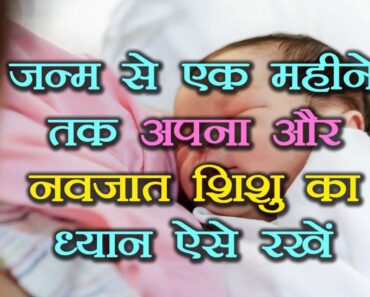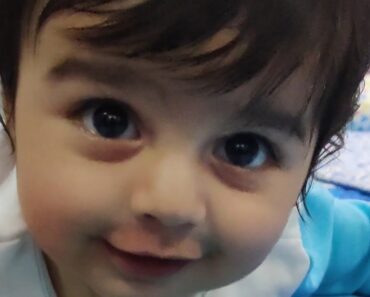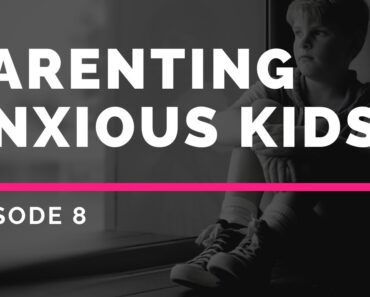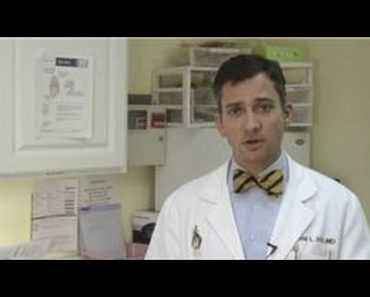Image: Shutterstock
Babies are born with more bones than adults. They may have nearly 300 bones in their body at birth. Bones undergo changes, such as fusion and hardening, over time, reducing to 206 bones by early adulthood.
If a newborn has 206 hard and fused bones as adults, their head won’t mold and may not pass through the birth canal without being fractured. A higher number of bones and more cartilage in baby bones provide greater elasticity and flexibility, reducing the risk of fractures.
Read this post to know about the growth and development of baby bones and the ways to promote bone health in infants.
What Tissues Make Bones?
Bones are made of several layers of tissue (1).
- Periosteum: The thick outer membrane of the bone contains nerves and blood vessels for nourishment. Periosteum envelopes all parts of bones except the joint surfaces.
- Compact bone: This is also called cortical bone. It is the hard and smooth layer of bone we see when we look at a skeleton.
- Cancellous bone: This is also called spongy bone since it looks like a sponge (porous appearance). There are many layers of cancellous bone within the compact bone. These are vascularized (contain blood vessels) parts of the bone, usually located at the end of long bones (epiphysis). Spongy bones are not as hard as compact bones.
- Bone marrow: This is the core part of the bone that makes blood cells. This semi-solid tissue has a jelly-like appearance.
Do Bones Change As Babies Grow?
Bones undergo a lot of changes as the baby grows. Ossification, a process of bone development, begins around eight weeks of gestation. Babies may have cartilaginous bones, which grow to mature bones and fuse over time (2).
As the newborn grows, the cartilages are replaced by actual bones. The structure of the bones changes, becoming stronger as it grows. The number of bones decreases as they fuse eventually.
Babies have extra bones due to the cartilages in their skeletal system. They can have more skull bones than adults and, similarly, have other extra bones in the body.
A baby’s skull, including the cranium and facial skeleton, consists of more separate bony elements than adults. These later fuse and become 22 bones (3). Arm and leg bones are also not fused at birth.
When Do The Baby Bones Fuse?
Usually, the anterior skull bones in babies remain open until about two years of age (4). The sutures close when the bones fuse since the sutures join to form a single bone. You may notice that the soft spot (fontanelle) on the baby’s head also disappears over time. Early fusion of bones can be seen in craniosynostosis, and it requires medical attention.
Other long bones undergo secondary ossification during puberty, and the bone growth plates usually fuse during late adolescence. Bone fusion and growth normally stop by early adulthood.
When Do Babies Have 206 Bones?
Most people will have 206 bones by early adulthood. Babies and children have more elastic or cartilaginous tissue in their bones to allow bone growth. All cartilage matures into true bone by age 16 in most children (5). However, the number of bones might be a little more or fewer due to anatomic variations.
Children have growth plates at the end of long bones. This allows them to grow. Most of these growth plates fuse between the ages of 14 and 18 years. This process can be a little earlier or delayed in some children due to various individual factors.
When Do Bones Harden After Birth?
The skeletal system begins to develop as cartilage in the fetus. Some bones may have a certain amount of hardening before birth. After birth, all bones continue to harden and allow the baby to perform essential actions, such as standing and walking, as they grow older.
Hardening of bones continues to happen throughout childhood and adolescence. Lack of micronutrients and certain medical conditions may negatively impact bone growth in some people. Most humans reach the maximum bone mass in their late 20s. Bone mass may begin to decline from the age of 40 at a slow pace.
Role Of Calcium In Bone Development
Bones are mineralized tissue in which calcium is a major component. 99% of total calcium in the body is seen in bones. This gives strength and structure to bones. Therefore, calcium is an essential mineral for the formation of bone tissue.
Bone growth in infancy is equal or greater than bone growth at any stage of development, including the teenage years. Thus, the deficiency of calcium may prevent bone mineralization in babies. It may often result in conditions such as osteopenia, fractures, and rickets (6).
How To Build Strong Bones?
The following tips may help to build strong bones in babies.
- Adequate feeding: Breast milk and infant formulas contain calcium required for the development of baby bones. An adequately breastfed baby can get the required calcium and other nutrients. You may ensure your baby is fed well by counting their wet and soiled diapers per day.
- Calcium-rich foods: You may include green leafy vegetables, dairy products, and baby foods with fortified calcium in a weaning baby’s diet to meet their calcium requirements.
- Vitamin D-rich foods: Eggs and some fishes, such as salmon, are good sources of vitamin D for weaning babies. Enriched or fortified foods can also provide vitamin D for babies.
- Physical activity: Encourage your baby to stay active through physical activities to promote bone growth.
- Vitamin D and calcium supplements: Infants with nutrient deficiencies and specific conditions may require calcium and vitamin D supplementation.
You may seek support from a lactation consultant to establish a good feeding schedule and techniques from the initial days of breastfeeding. It can be beneficial for new moms to feed adequately. Follow pediatrician’s recommendations for weaning and supplementation in infants.
Activities To Promote Bone Growth In Infants
Physical activity in infants and toddlers could improve bone development. It may also enhance cognitive development, gross motor skills, and social development in babies. The following activities are suitable for babies.
- Lifting and moving the head
- Grasping or reaching toys and other objects with hands and legs
- Rolling and playing on the floor
- Crawling around the home is a good activity for 9- to 12-month-old babies.
- Encourage them to stand with support and walk a few steps from 9 to 12 months
- Swimming under parental and swimming instructor supervision can also be a good exercise for babies
You may always seek a pediatrician’s opinion to know age-appropriate activities for your baby, depending on their health status. Never forget to ensure baby safety during play.
Bone growth is not limited to infancy, and it continues to grow until early adulthood. You may have to include calcium and vitamin D in your child’s diet and encourage them to do physical activity throughout childhood for optimal bone growth. Promoting bone health beyond childhood may also reduce the risk of osteoporosis and other diseases during adulthood.


































